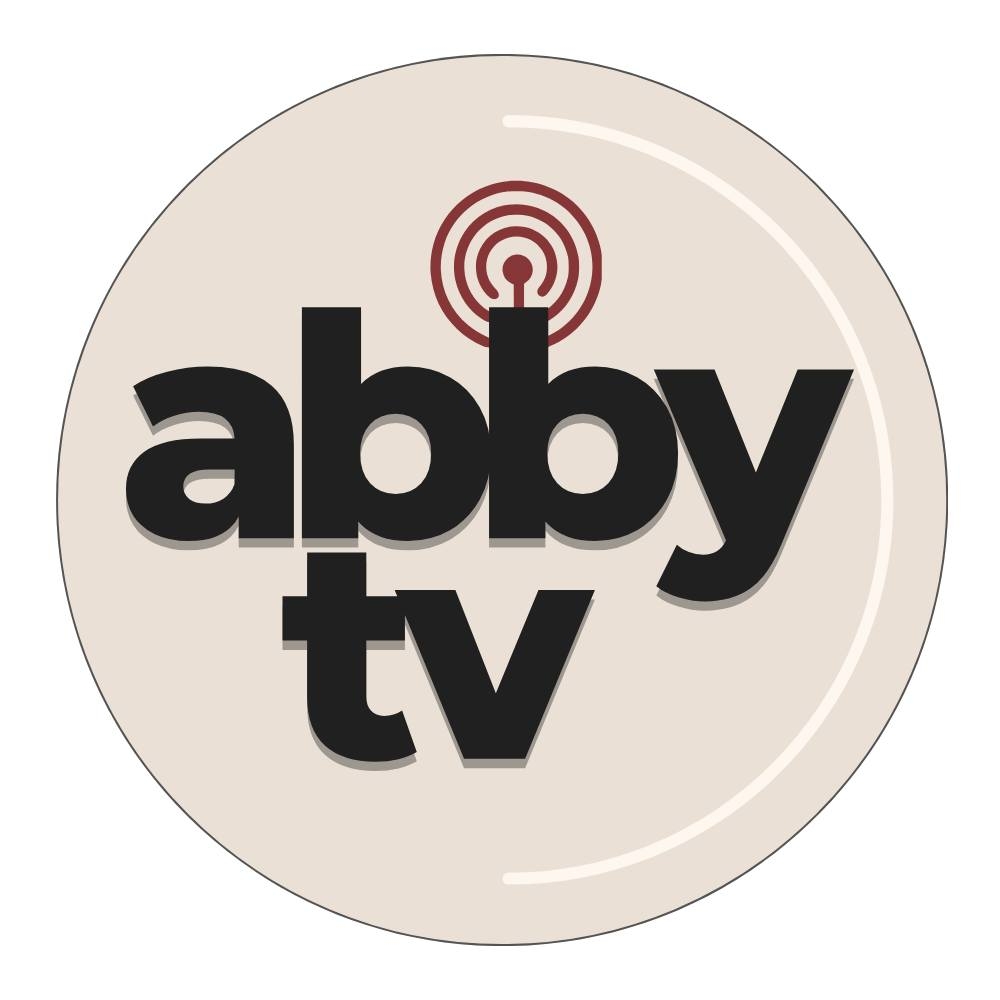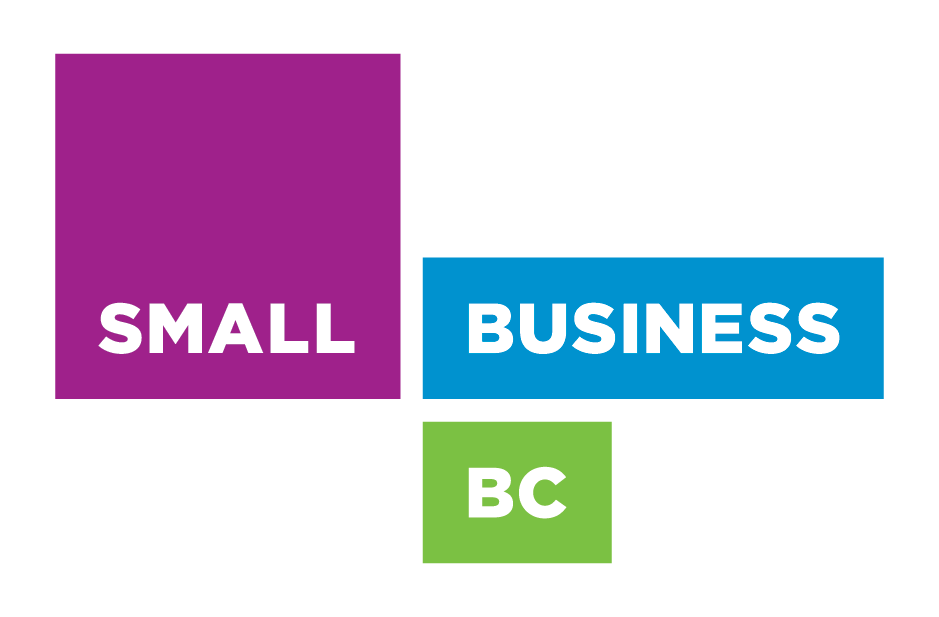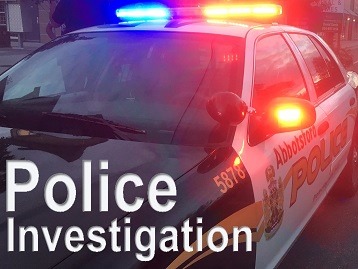Sirens! I’m being overtaken by an ambulance on the way to a call. Signal, move out of the right lane onto the shoulder and stop. Traffic around me seems to be well aware today too as they are doing much the same thing.
Emergency right of way is being granted promptly until the ambulance reaches traffic stopped for a red light at an intersection. This is where the emergency response grinds to a halt as the stationary drivers don’t seem to be either willing or able to get out of the way.
Thank goodness it didn’t take long for the signal override to function and the traffic lights to turn green. That seemed to open the dam on the traffic stream and the ambulance was on it’s way again.
Part of the problem is that we are not prepared for a situation like this in everyday driving. How often have you been stopped at a red light and then been called on to make way for police, fire or ambulance vehicles racing to an emergency? Without practice it does take longer to act in any situation because we don’t have any experiece to act on.
The next time you find yourself stopped in traffic at a red light, imagine that you have to make room for a sudden emergency. Will you move to the left or to the right? Have you left yourself enough room to move forward? If you are at the front of the line, did you stop far enough back from cross traffic?
The law requires that you move to the nearest edge of the roadway. On a two lane highway with traffic in either direction, that would be to the right. On a highway with a barrier between directions or on a one way street with more than one lane, you may have to move right or left depending on which side you are on.
In any event, use your signal light and do what you are indicating that you will do.
When you stop behind another vehicle at a red light, you should always be able to see pavement between the hood of your vehicle and the bottom of the rear tires of the vehicle in front. If you are on a hill and behind a heavy truck or new driver with a standard transmission, you might want to leave a larger gap as a precaution or courtesy.
This serves two purposes, giving you room to move aside in and keeping you from being part of the accordion in a rear end collision.
Did you stop far enough back from the intersection, behind the marked stop line or crosswalk? Many drivers do not and this seriously limits their ability to move forward and to one side without coming into conflict with other traffic in the intersection.
Having stopped properly, you have at least the width of the crosswalk in front of you to move forward into without actually entering the intersection itself. This may be all that you need to be able to get to one side or the other to clear a path.
One last thought and that is to be prepared for an emergency vehicle whose driver chooses to drive on the wrong side of the median barrier approaching a clogged intersection. It is legal to do this if it is done safely, so if you are oncoming traffic to an emergency vehicle you must be prepared to yield for more than just a left turn in the intersection.
Story URL: http://www.drivesmartbc.ca/emergency-vehicles/make-way-give-way













